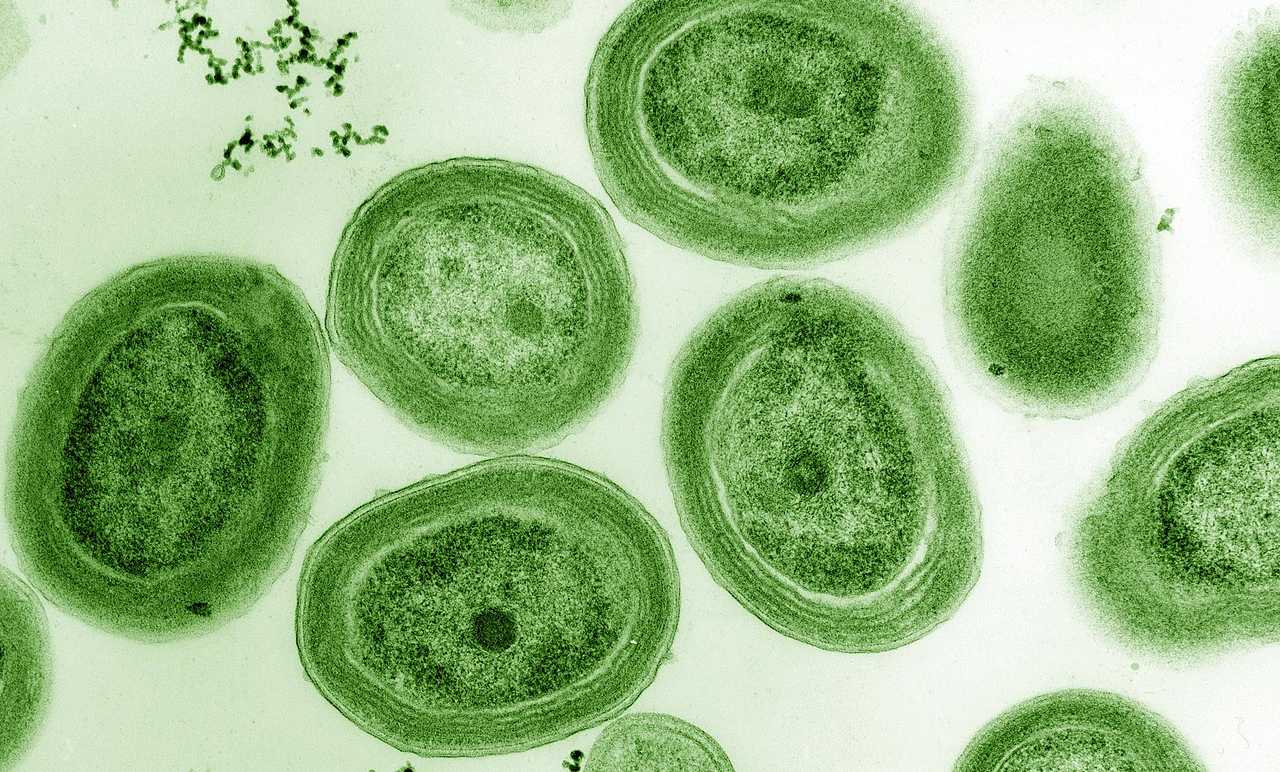When maths meets phytoplankton ecology
- D-USYS
- Institute of Integrative Biology
A recent paper reports a surprisingly low effective population size for the marine cyanobacterium Prochlorococcus marinus, one of the ocean's most abundant photosynthesizers. Sébastien Wielgoss, senior scientist at the Institute of Integrative Biology at ETH Zurich, proposes several alternative mechanisms to explain the low population size.

Combined mutation rate estimation and reverse ecology shed light on the forces shaping population size of Prochlorococcus. All in all, the findings have strong implications for the adaptive potential of this important marine carbon sink.
Due to their large numbers and dispersal rates, globally distributed cyanobacteria, such as Prochlorococcus marinus, are assumed to represent extensive populations with enormous population sizes. Writing in Nature Ecology & Evolution, Chen et al. estimate the first unbiased mutation rate for a P. marinus ecotype, from which they infer an effective population size of around 10^7. Strikingly, this value is orders of magnitude lower than previously predicted values for that clade, raising important questions about what drives P. marinus population structure and evolutionary dynamics.
Read the full article external pageherecall_made.
Reference
Wielgoss, S. When maths meets phytoplankton ecology. Nat Ecol Evol (2021). external pagehttps://doi.org/10.1038/s41559-021-01641-7call_made
